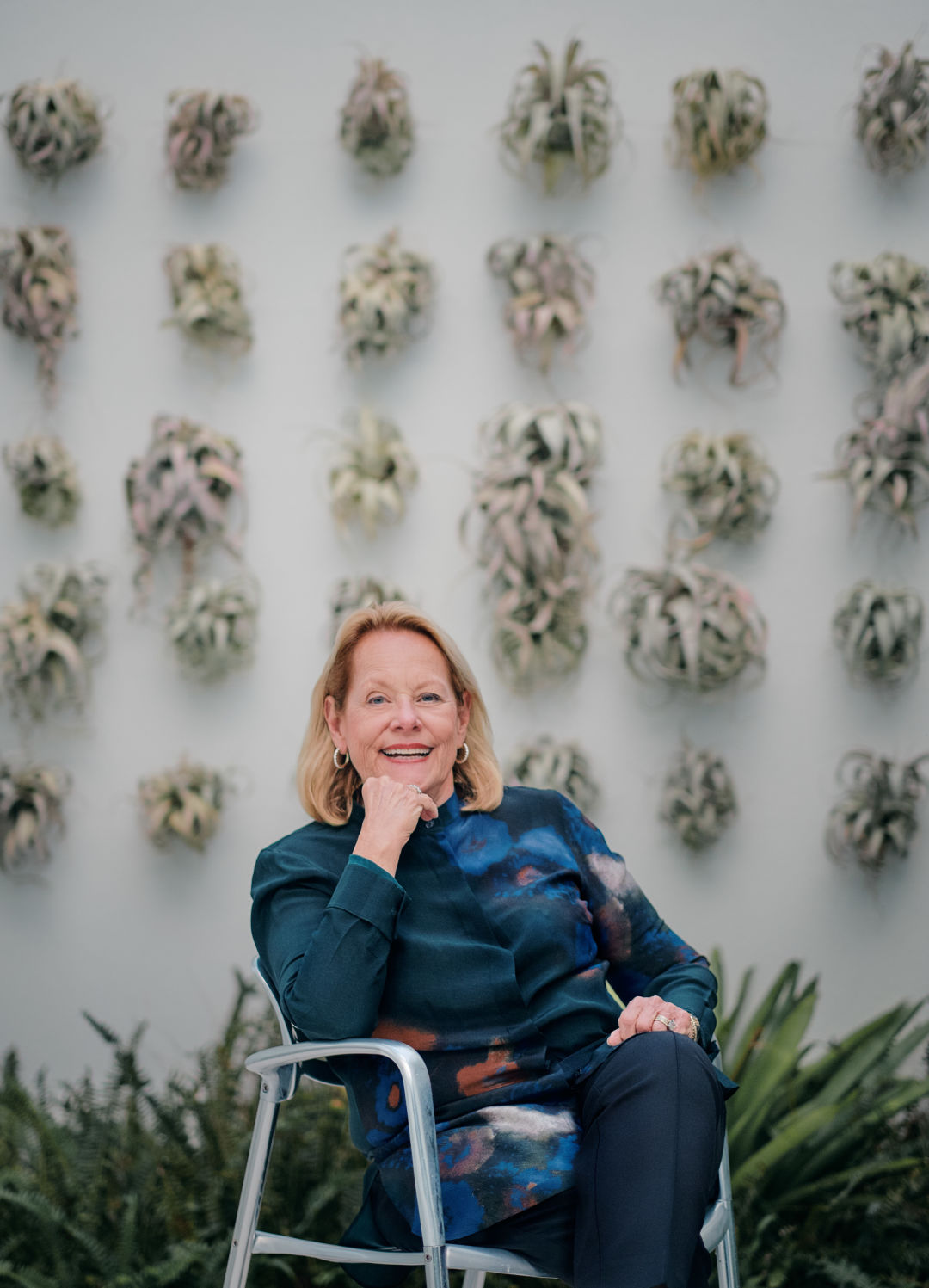What I've Learned: Dr. Judith Shank Shares Her Career Trajectory

Dr. Judith Shank became a doctor at 39.
Image: Evan Sigmund
Growing up in rural Iowa as the daughter of a surgeon and a nurse, Judith Shank aspired to a career in medicine. Her father supported her—so long as she became a nurse. Shank earned a nursing degree, then a master’s degree in nursing, becoming a professor at Boston University. But her dream of becoming a doctor never ended. At the age of 35, she became one of the oldest enrollees in medical school. Eventually she became president of the Minnesota Medical Association and led a commission to improve health care.
Shank, 75, remains active as a volunteer for medical and arts organizations, including serving on the boards of United Way Suncoast and The Ringling.
Shank’s husband Steve is a former CEO of the Tonka toy company and the founder of one of the first online universities, Capella University. The Shanks have been married for 52 years and have two daughters. Since 2009, the Shanks have lived much of the year on Bird Key in a modernist white home with waterfront views.
“As a child, I liked science and always wanted to learn how the body worked and what made people sick. But my dad insisted that girls had to be nurses and boys had to be doctors. I was told if he was going to pay for my education, I had to be a nurse, and then I could do whatever I wanted.
“Steve and I met when we were freshmen at the University of Iowa. He received a scholarship to Harvard. I knew that with the residencies and other requirements of getting a medical degree, the timing was not right for me to pursue a medical degree, so I got my master’s degree in nursing administration at Boston University, where I ended up being an assistant professor.
“After Steve served in the military, we moved to Minneapolis and I applied to medical schools. I was 35 by that time and most schools told me I was too old. When I was young, I was told medical school wasn’t for girls. Then, I was told I would be a traitor to nursing. Now, they’re telling me I’m too old?
“I decided I was not going to take no for an answer anymore. Fortunately, the University of Minnesota was one of the few medical schools that would take someone over 25. My father was frightened because I had two children by that time. But after I was accepted, he supported me and was proud of what I achieved. I turned 40 on the exact halfway date of my internship and people kidded me that my life expectancy and my internship were both half over.
“I chose dermatology because I knew how much people with skin disease suffered. I had bad eczema as a child; people remembered that at my 20th high school reunion and asked me if I ever got rid of that nasty stuff I had on my hands!
“In addition to my medical practice, I was fortunate to be able to serve on boards, including being president of the state medical association. When people ask how that happens, because I started so late as a doctor, my answer is that you just say, ‘Yes.’ It started with one person asking me to serve on the board of a county medical association and I said, ‘Sure, I’ll give it a try.’ And you show up and do your homework and they ask you do something else.
“Serving on various boards, including for the largest health care provider in Minnesota, informed my views on health care reform. The Affordable Care Act, despite the enormous criticism it has received, was a reasonable place to start. It did not go far enough. They needed to do payment reform.
“One of the biggest problems in health care is that all the incentives are misaligned. The consumer has incentive to consume all the health care they can get their hands on and physicians have incentive to do as much as they possibly can because they get paid better and because they’re afraid they’ll get sued if they don’t do something. We need to shake up all that. You give people an incentive to do what they can to minimize costs. You get them to exercise and watch their weight. We don’t put enough resources into changing behavior, which would do a great deal to bring down costs.
“I’ve always said, I didn’t want to spend the last 20 years of my life as a consumer. In retirement, we’ve spent a lot of time with arts organizations, which is one of the reasons we moved to Sarasota. I’m also on the board of the SPOON Foundation, which was started by two mothers and which helps treat malnutrition internationally in orphanages and among foster children. Staying engaged in retirement has brought so much joy and meaning to my life.”



